-

 Vendor:Pro King
Vendor:Pro KingPro King Regular Double Glow
Regular price $11.99 CADRegular price -

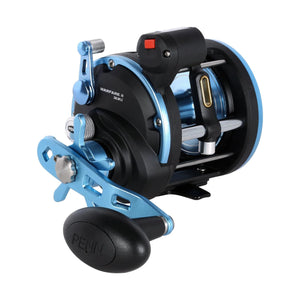 Vendor:Penn
Vendor:PennPenn Warfare II Level Wind Line Counter Conventional Reel
Regular price $227.99 CADRegular price -
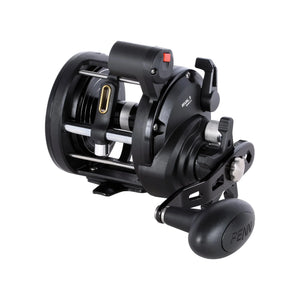
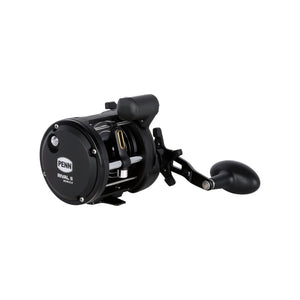 Vendor:Penn
Vendor:PennPenn Rival II Level Wind Line Counter Conventional Reel
Regular price From $144.99 CADRegular price -

 Vendor:Matzuo America
Vendor:Matzuo AmericaMatzuo Walleye Spin Rig
Regular price $3.99 CADRegular price -
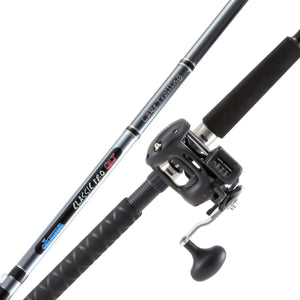 Vendor:Okuma
Vendor:OkumaOkuma (No-Line) Classic Pro GLT Lake Trolling Combo 7'6" Medium 2pc
Regular price $149.99 CADRegular price -
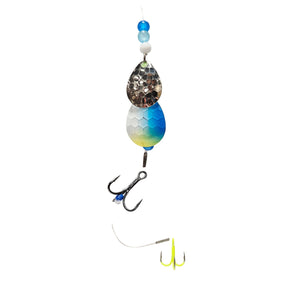
 Vendor:Rare Lures
Vendor:Rare LuresRare Lures Lake Erie Crawler Harness - Double Colorado Blade
Regular price $4.99 CADRegular price -

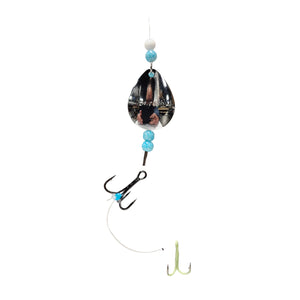 Vendor:Rare Lures
Vendor:Rare LuresRare Lures Lake Erie Crawler Harness - Colorado Blade
Regular price $4.99 CADRegular price -
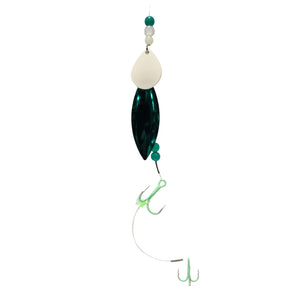
 Vendor:Rare Lures
Vendor:Rare LuresRare Lures Lake Erie Crawler Harness - Willow/Colorado Blade
Regular price $4.99 CADRegular price -
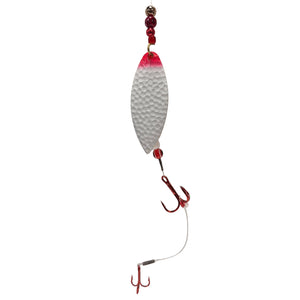
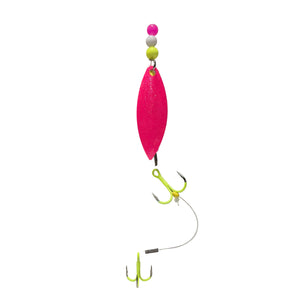 Vendor:Rare Lures
Vendor:Rare LuresRare Lures Lake Erie Crawler Harness - Willow Blade
Regular price $4.99 CADRegular price -
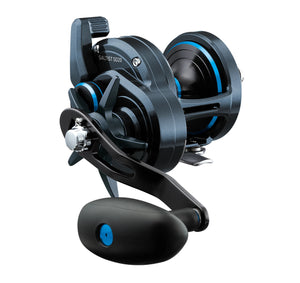 Vendor:Daiwa
Vendor:DaiwaDaiwa Saltist SD Saltwater Reel
Regular price From $419.99 CADRegular price -
Sold out
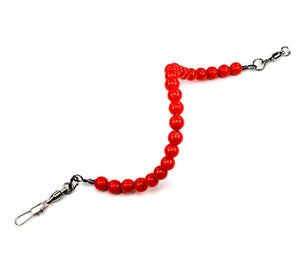 Vendor:Gamakatsu
Vendor:GamakatsuGamakatsu Spiral Z - 70mm
Regular price $5.99 CADRegular price -

 Vendor:Moonshine Lures
Vendor:Moonshine LuresMoonshine New Moon Spoon - 5" Magnum
Regular price $11.99 CADRegular price -
Sold out
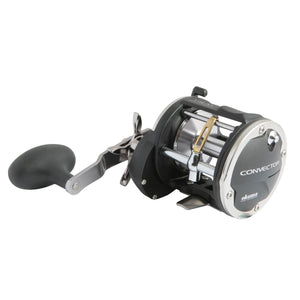 Vendor:Okuma
Vendor:OkumaOkuma Convector Levelwind Trolling Reel
Regular price $149.99 CADRegular price -
Sold out
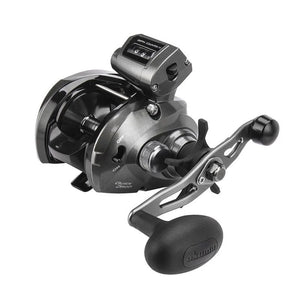 Vendor:Okuma
Vendor:OkumaOkuma Convector Low Profile Line Counter Reel
Regular price $174.99 CADRegular price -

 Vendor:Scotty
Vendor:ScottyScotty 1171 Power Grip Plus w/ Stacking Self Locating Snap - 18" Leader
Regular price $14.99 CADRegular price -
Sold out
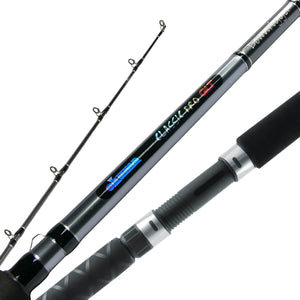 Vendor:Okuma
Vendor:OkumaOkuma Classic Pro GLT Planer Board Trolling Rod
Regular price $39.99 CADRegular price$79.99 CAD-50%Sale price $39.99 CAD -

 Vendor:Compac
Vendor:CompacCompac Jaws Worm Harness - #4 Colorado Blade
Regular price $3.99 CADRegular price -
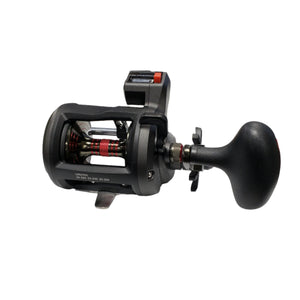
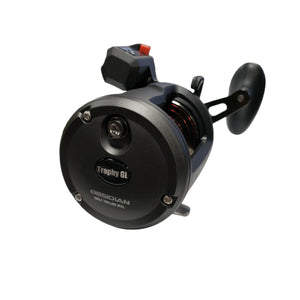 Vendor:Trophy XL
Vendor:Trophy XLTrophy GL Obsidian Line Counter Trolling Reel
Regular price From $84.99 CADRegular price -
Sold out
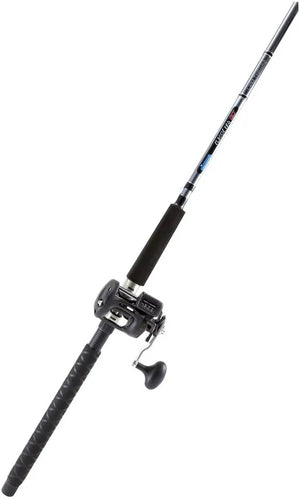 Vendor:Okuma
Vendor:OkumaClassic Pro Great Lakes Dipsy Diver Combo (With Line) - 10' Medium Heavy 2pc
Regular price $199.99 CADRegular price -
Sold out
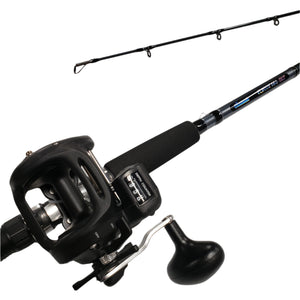
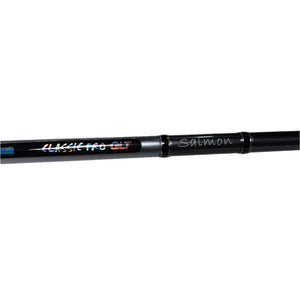 Vendor:Okuma
Vendor:OkumaClassic Pro Great Lakes Salmon Combo (With Line) - 9' Medium Heavy 2pc
Regular price $204.99 CADRegular price -
Sold out
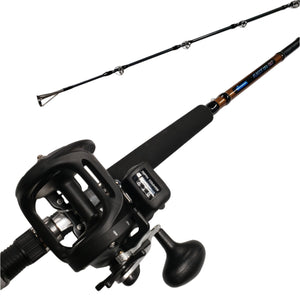
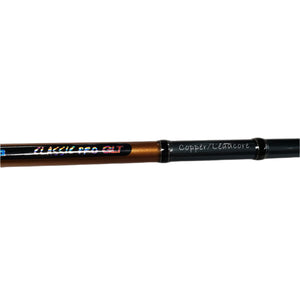 Vendor:Okuma
Vendor:OkumaClassic Pro Great Lakes Copper/Leadcore Combo (With Line) - 8'6" Medium 2pc
Regular price $214.99 CADRegular price -
Sold out
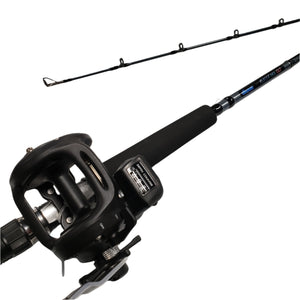
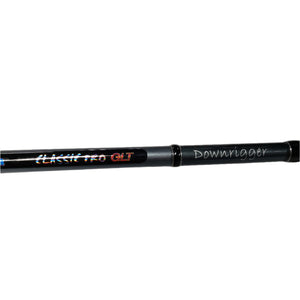 Vendor:Okuma
Vendor:OkumaClassic Pro Great Lakes Downrigger Combo (With Line) - 8'6" Medium 2pc
Regular price $189.99 CADRegular price -
Sold out

 Vendor:Okuma
Vendor:OkumaClassic Pro Great Lakes Salmon Combo (No Line) - 9' Medium Heavy 2pc
Regular price $184.99 CADRegular price -

 Vendor:Okuma
Vendor:OkumaClassic Pro Great Lakes Copper/Leadcore Combo (No Line) - 8'6" Medium 2pc
Regular price $194.99 CADRegular price -

 Vendor:Okuma
Vendor:OkumaClassic Pro Great Lakes Downrigger Combo (No Line) - 8'6" Medium 2pc
Regular price $164.99 CADRegular price -

 Vendor:Michigan Stinger
Vendor:Michigan StingerMichigan Stinger Scorpion Spoon Harness
Regular price $12.99 CADRegular price -
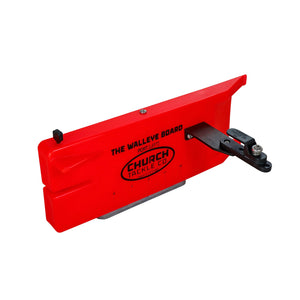
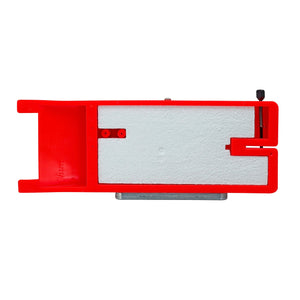 Vendor:Church Tackle Co.
Vendor:Church Tackle Co.Church Tackle Port Side Walleye Board
Regular price $69.99 CADRegular price -
Sold out
 Vendor:Church Tackle Co.
Vendor:Church Tackle Co.Church Tackle Stainless Rear Pin Assembly #40522
Regular price $13.99 CADRegular price -
Sold out
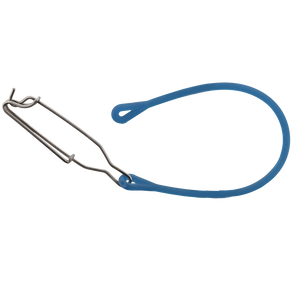
-
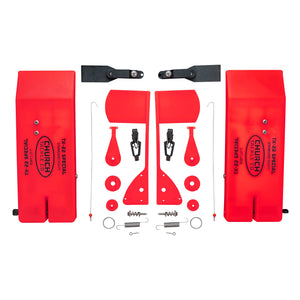 Vendor:Church Tackle Co.
Vendor:Church Tackle Co.Church Tackle TX-22 Special Planer Boards Pro Pack
Regular price $199.99 CADRegular price -
Sold out
 Vendor:Okuma
Vendor:OkumaOkuma Cold Water Custom Wire Line Trolling Rods
Regular price $179.99 CADRegular price -
 Vendor:Okuma
Vendor:OkumaOkuma Cold Water Custom Trolling Rods
Regular price $129.99 CADRegular price -

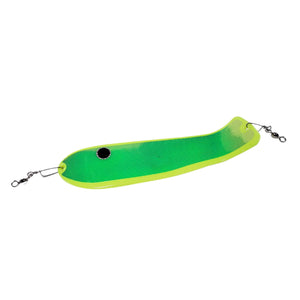 Vendor:Big Weenie Brand
Vendor:Big Weenie BrandBig Weenie Weiner Flasher 10"
Regular price $29.99 CADRegular price -
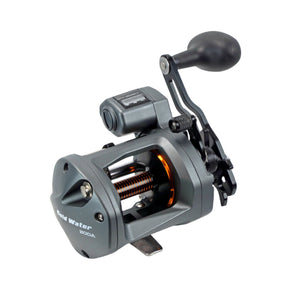
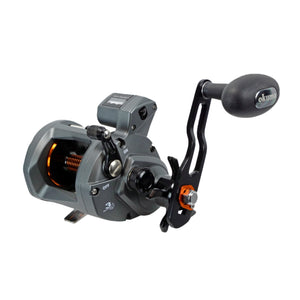 Vendor:Okuma
Vendor:OkumaOkuma Cold Water "A" Line Counter Trolling Reel
Regular price From $189.99 CADRegular price -
Special Order
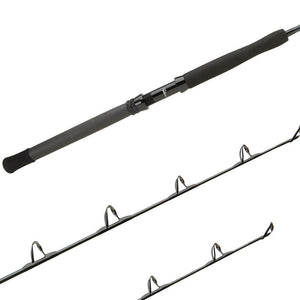 Vendor:Shimano
Vendor:ShimanoShimano Tallus Trolling Ring Guided Rod (Special Order)
Regular price From $329.99 CADRegular price -
Special Order
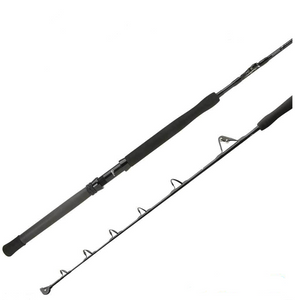 Vendor:Shimano
Vendor:ShimanoShimano Tallus Roller Stripper Rod (Special Order)
Regular price From $459.99 CADRegular price -
Special Order
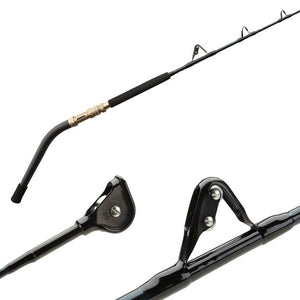
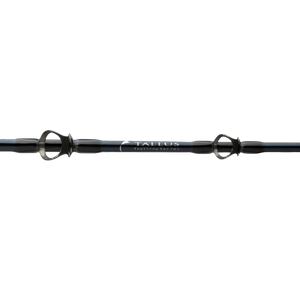 Vendor:Shimano
Vendor:ShimanoShimano Tallus Trolling Standup Rod (Special Order)
Regular price From $759.99 CADRegular price -
Special Order
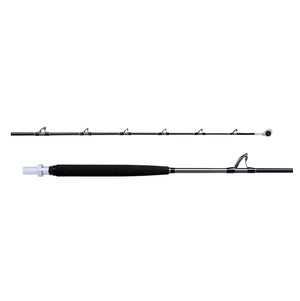
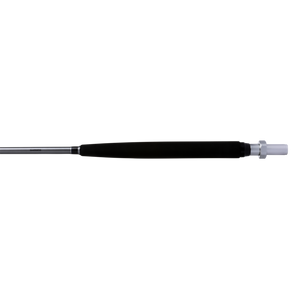 Vendor:Shimano
Vendor:ShimanoShimano Terez BW Swordfish Rod (Special Order)
Regular price $819.99 CADRegular price -
Special Order
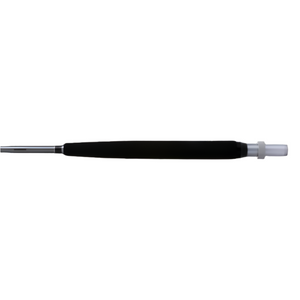 Vendor:Shimano
Vendor:ShimanoShimano Terez BW High Speed Trolling Rod (Special Order)
Regular price $819.99 CADRegular price -
Special Order
 Vendor:Shimano
Vendor:ShimanoShimano Terez BW Roller Stripper Uni Butt Trolling Rod (Special Order)
Regular price From $899.99 CADRegular price -
Special Order
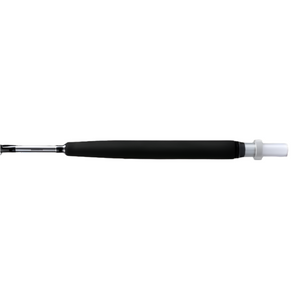
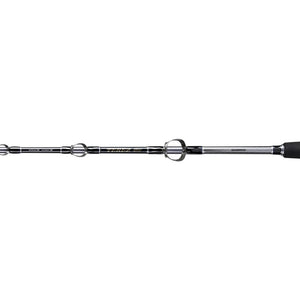 Vendor:Shimano
Vendor:ShimanoShimano Terez BW Deep Drop Trolling Rod (Special Order)
Regular price $819.99 CADRegular price -
Special Order

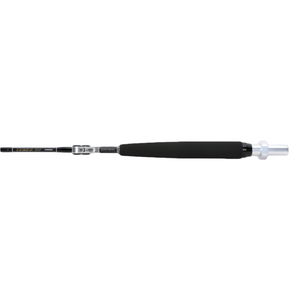 Vendor:Shimano
Vendor:ShimanoShimano Terez BW Full Roller Uni Butt Trolling Rod (Special Order)
Regular price From $1,699.99 CADRegular price -
Special Order
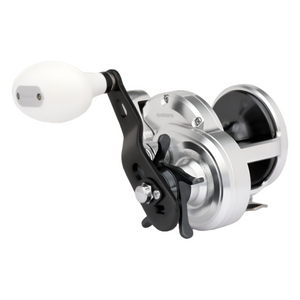
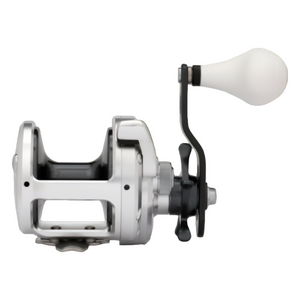 Vendor:Shimano
Vendor:ShimanoShimano Trinidad A Trolling Reel (Special Order)
Regular price From $789.99 CADRegular price -
Special Order
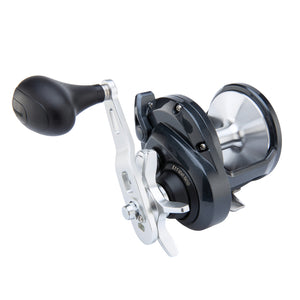
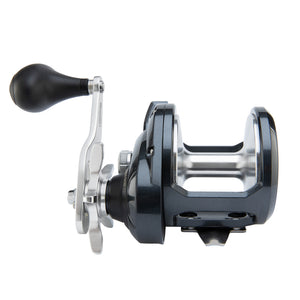 Vendor:Shimano
Vendor:ShimanoShimano Torium Trolling Reel (Special Order)
Regular price From $379.99 CADRegular price -
Sold out
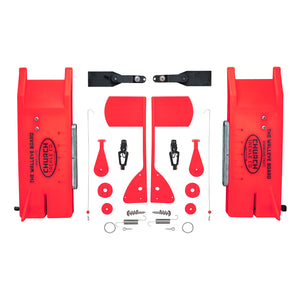
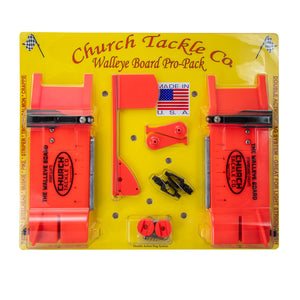 Vendor:Church Tackle Co.
Vendor:Church Tackle Co.Church Tackle Walleye Board Pro-Pack
Regular price $149.99 CADRegular price -

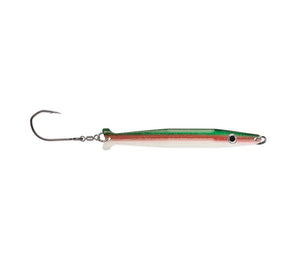 Vendor:Luhr Jensen
Vendor:Luhr JensenLuhr Jensen Koho King
Regular price From $8.99 CADRegular price -
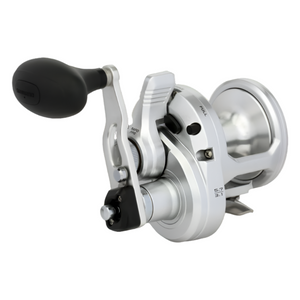
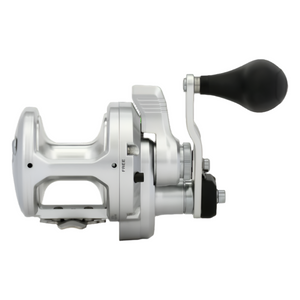 Vendor:Shimano
Vendor:ShimanoShimano Speedmaster II Trolling Reel
Regular price From $439.99 CADRegular price -
Sold out
 Vendor:Scotty
Vendor:ScottyScotty Trolling Snubber With Ball Bearing Swivel
Regular price $16.99 CADRegular price
Essential Gear for Trolling
Trolling is one of the most effective ways to cover water, dial in depth, and target big fish like salmon, trout, walleye, and lake trout across the Great Lakes and inland reservoirs. Whether you're running longlines, downriggers, planer boards, or dipsies, trolling lets you present lures right in the strike zone and keep them there.
The key to successful trolling is precision: depth control, lure action, speed, and a setup built to handle long days on the water and hard-charging fish. With the right rods, reels, flashers, spoons, and rigging equipment, you can run a spread confidently and react fast when rods fire.
Key Gear for Trolling Success
Angling Sports stocks a full lineup of trolling gear designed for Canadian waters, from Lake Ontario salmon to Lake Erie walleye.
- Trolling Rods: Durable, moderate-action rods built to handle dipsies, boards, and downriggers. Great options from Shimano, Daiwa, and Okuma.
- Trolling Reels: High-capacity, smooth-drag reels with line counters for precise depth control. A must-have for consistent presentations.
- Electric Downriggers: Drop your presentations exactly where fish are holding. Cannon downriggers deliver power, reliability, and depth accuracy.
- Flashers: A trolling essential for salmon and trout. Rotate, flash, and call fish in with high-quality options from Luhr Jensen and other trusted brands.
- Trolling Spoons: One of the most productive trolling baits ever invented. Moonshine Lures spoons are a Great Lakes favourite for kings, coho, steelhead, and lakers.
- Releases & Trolling Accessories: From downrigger releases to swivel mounts and rigging components, Off Shore offers some of the best boat-control and planer-board tools on the market.
Trusted Brands for Trolling Anglers
We carry the top brands trolling anglers rely on:
- Cannon: Industry-leading electric downriggers built for precision.
- Daiwa: Reliable trolling rods and line-counter reels for consistent performance.
- Okuma: Strong, affordable trolling combos perfect for big-water spreads.
- Shimano: High-quality reels and trolling rods designed for smooth, controlled power.
- Luhr Jensen: Legendary flashers and trolling gear for salmon and trout.
- Moonshine Lures: Glow spoons trusted on the Great Lakes for decades.
- Off Shore: The go-to brand for planer boards and trolling accessories.
Whether you're chasing staging chinook, deep-water walleye, or big-water trout, our trolling gear is built for power, durability, and precision.
Shop Trolling Gear at Angling Sports
Angling Sports is your trolling headquarters with the largest selection of rods, reels, flashers, spoons, and rigging gear. With expert advice and free shipping over $150, gearing up has never been easier.












































































